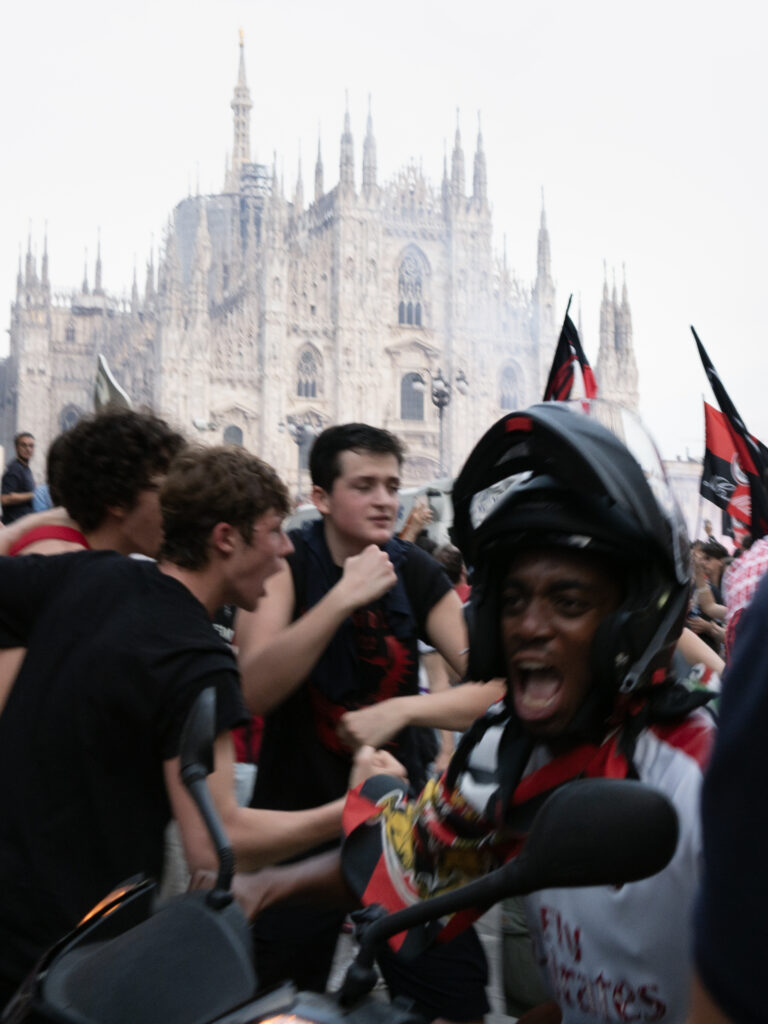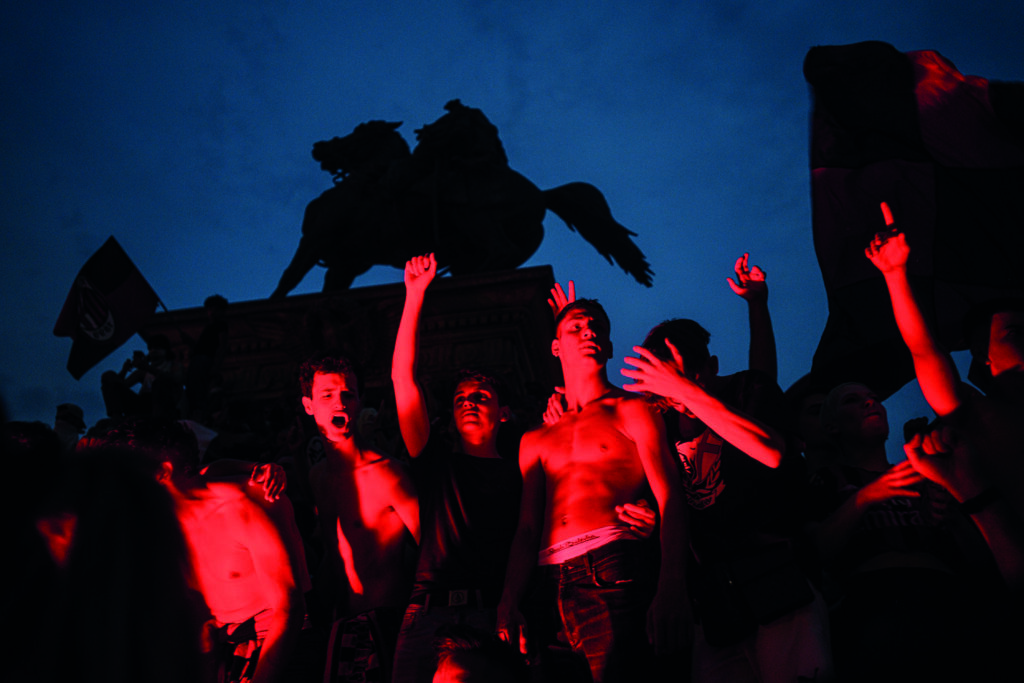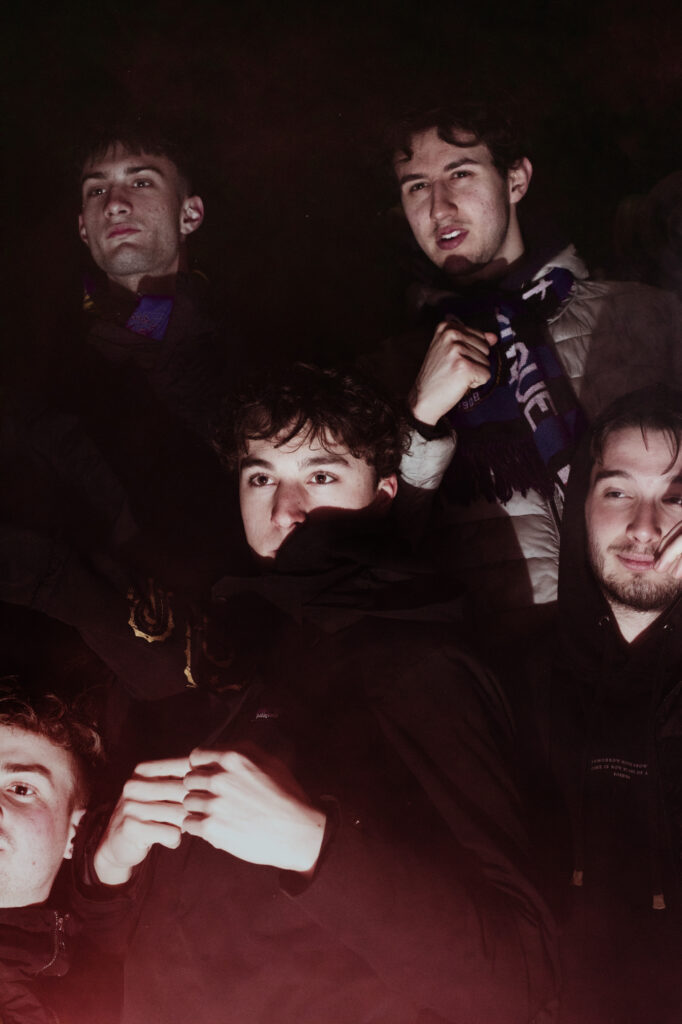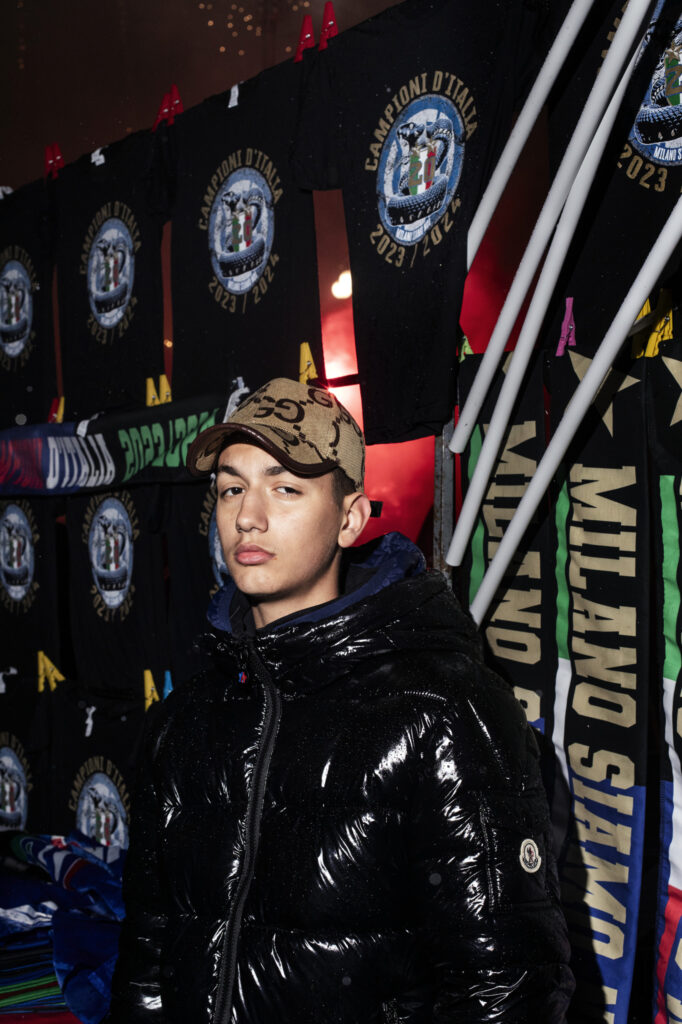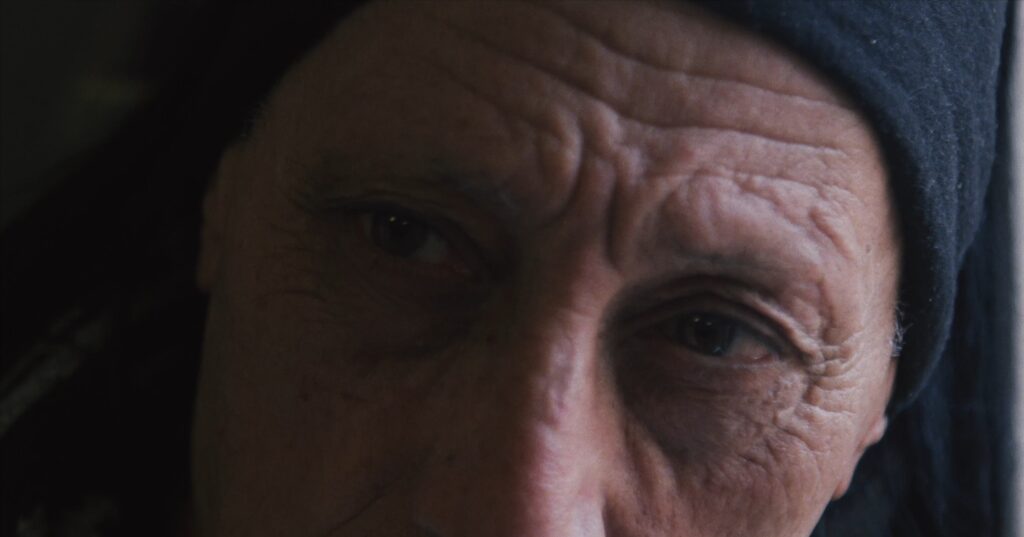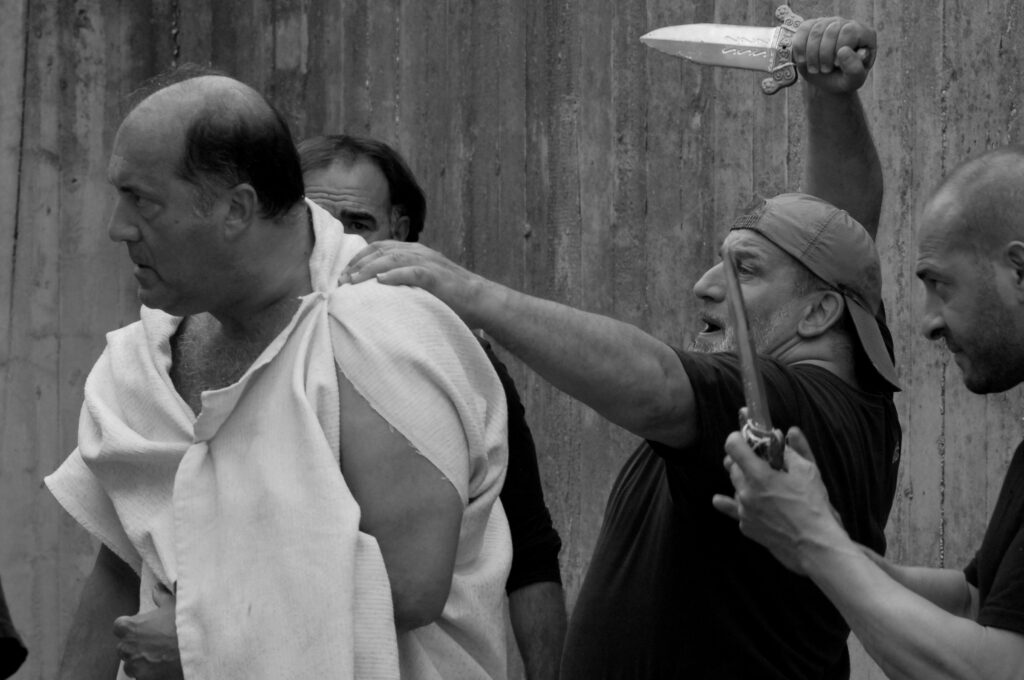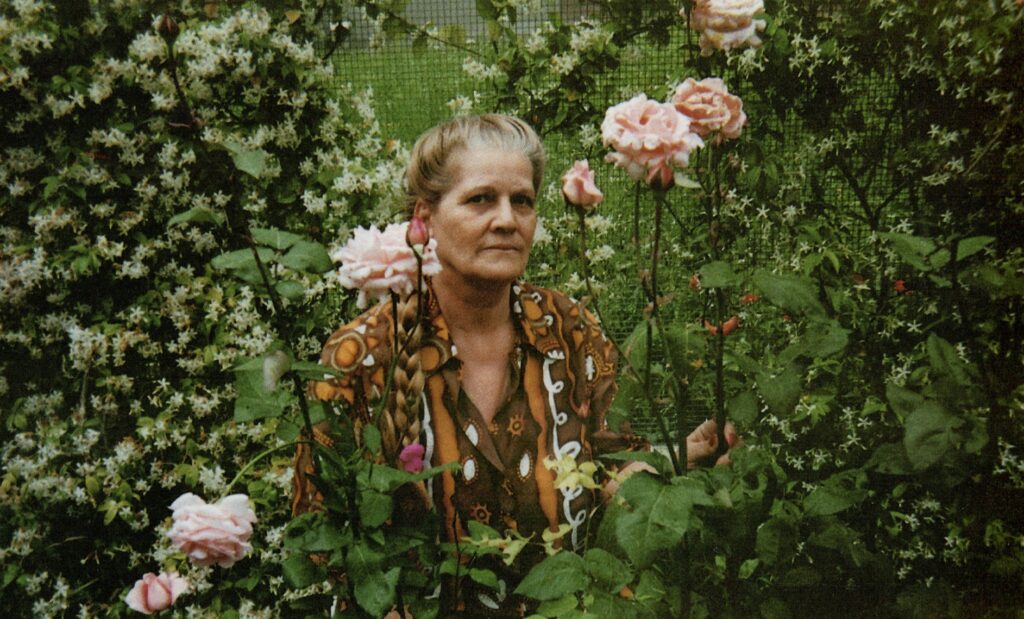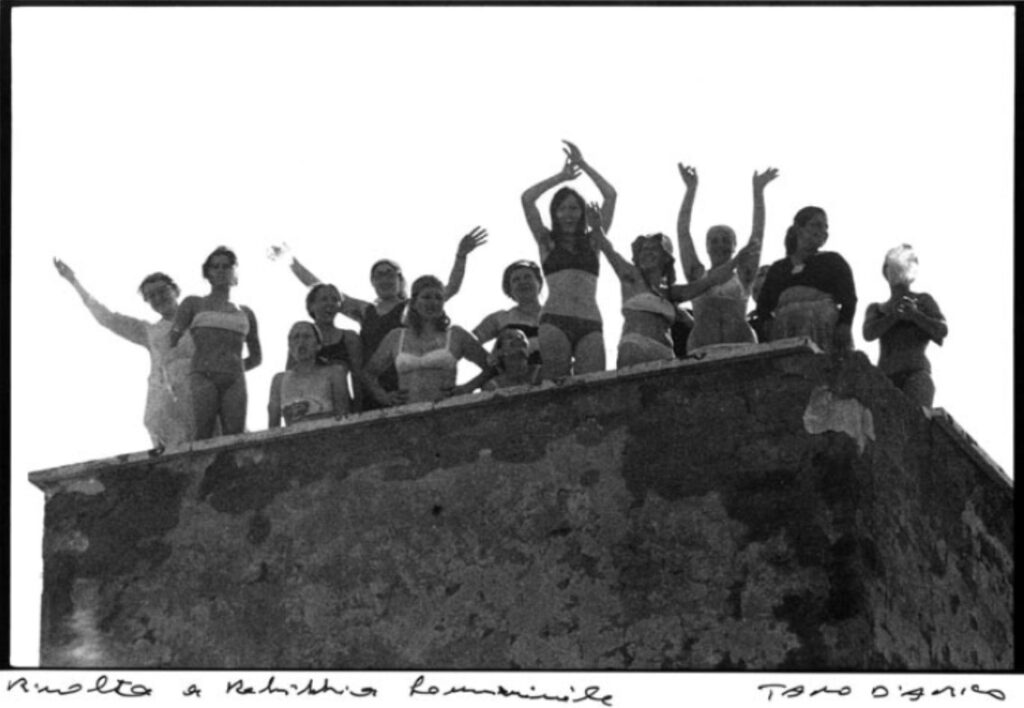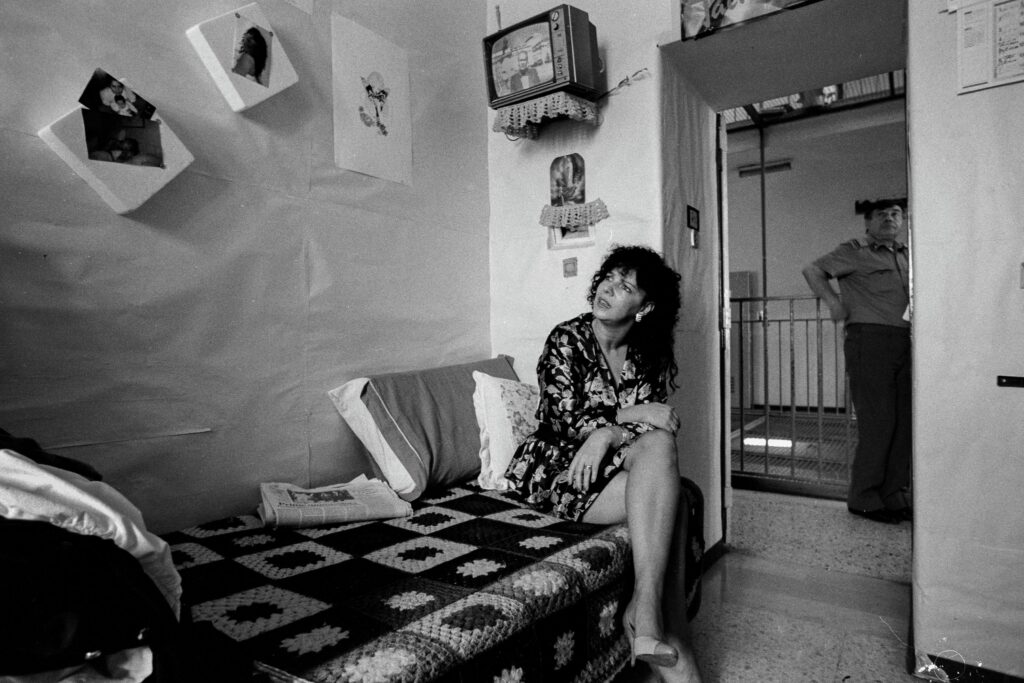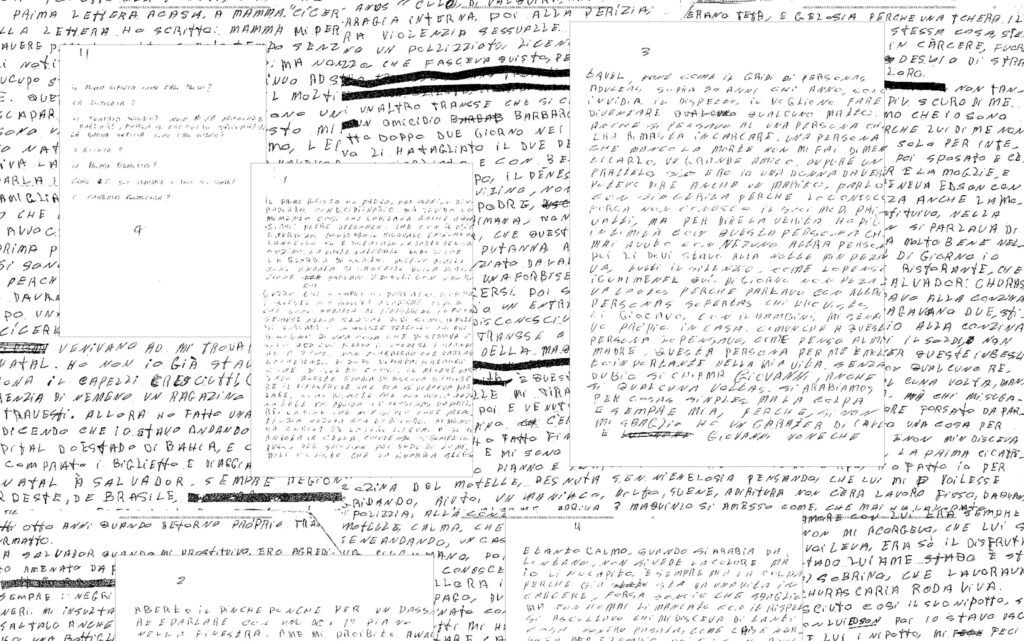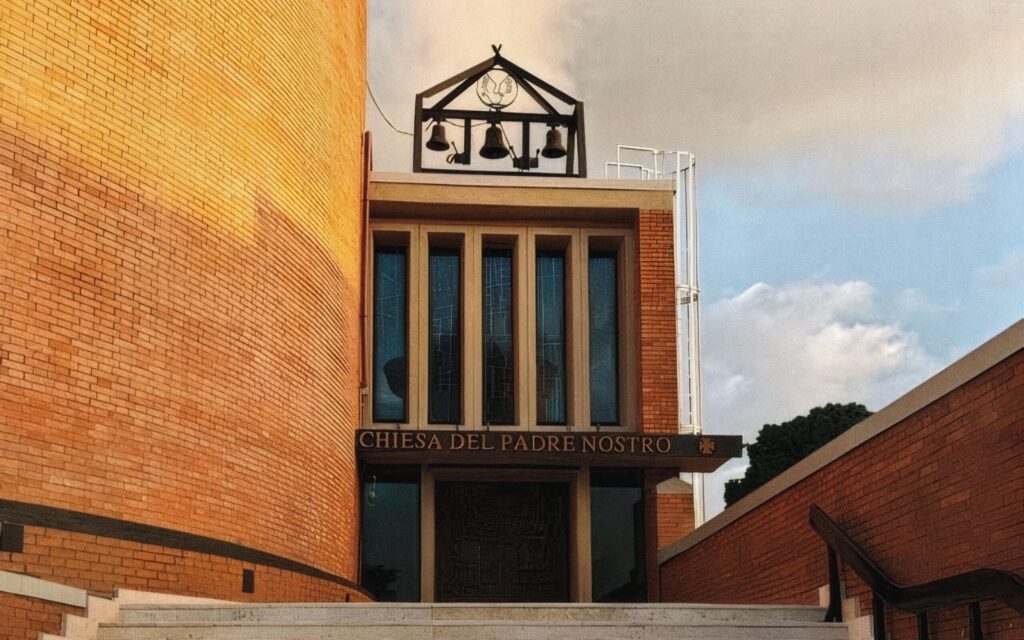The Celebration of Victory
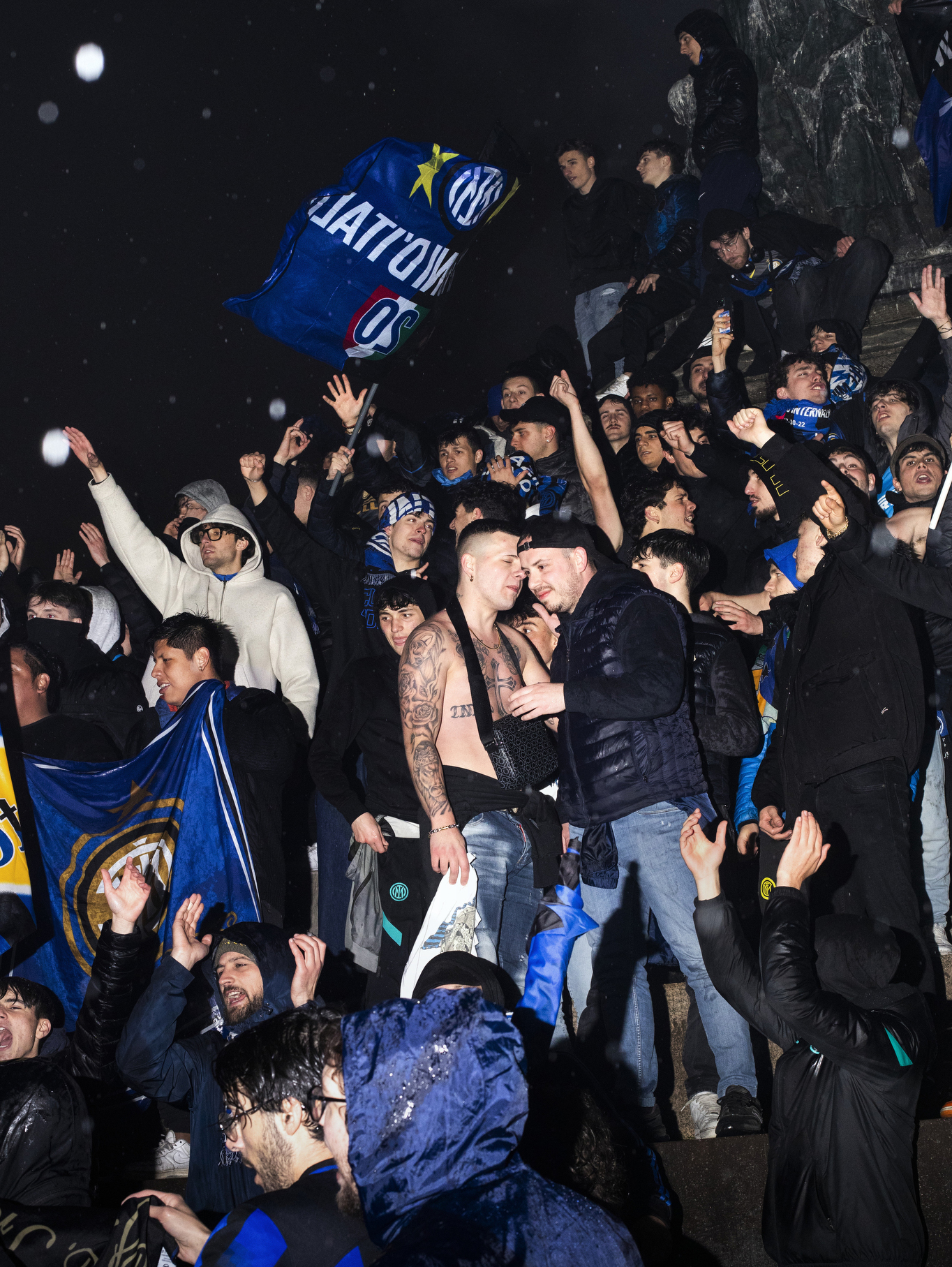
The first target is the equestrian statue of Vittorio Emanuele II, standing at the centre of Piazza del Duomo. On any other day of the yea, it's an untouchable spot, inhabited only by lazy pigeons, too tired to beg crumbs from tourists. However, on the day of the celebration, it becomes the place where fans are most eager to storm. A land to be conquered—not by planting a flag, but by waving one. A privileged position from which to sing Milano, it’s us, beneath the Madonnina, glowing through a haze of smoke flares.
That's what happened again, a few months ago, when Inter won the historic championship of the second star, and fans swarmed around the monument like bees to a hive. They were only a small part of the 300,000 people who flooded the city to paint it black and blue. According to those who were there—and the images speak for themselves—it was one of the most incredible celebrations Milan has ever seen. Inter’s managing director, Beppe Marotta—a man who won seven league titles as a Juventus executive—stated he had never experienced anything like it. And he wasn't alone: several players who recently joined Inter were astonished by the warmth of a fanbase gone mad with joy.
It was the classic grammar of celebration: the streets fill with people and empty of rules; the city becomes the set of a post-apocalyptic film, where authority vanishes and anthing, or almost anything, goes.
It was the classic grammar of celebration: the streets fill with people and empty of rules. The city becomes the set of a post-apocalyptic film, where authority vanishes and anthing, or almost anything, goes. In less than an hour, jubilant crowds overflowed the streets. Tractors, parade floats depicting Inter players, cars, and other vehicles decked out in Nerazzurri aesthetics, crawling along at five kilometres an hour with horns blaring. In each of these takeovers, when the stadium and its supporters seize the city’s most symbolic hotspots, Milan sheds its usual restraint and composure. It becomes wild and rowdy—held hostage by a sudden, fanatical carnival.
The images of the crowd, packed into every inch of urban space, resemble impressionist paintings. The entire critical framework that has, for over a century, underpinned philosophical theories on mass movements—the loss of values, self-control, and individual will within the alienation of the crowd—takes on an almost positive tone here, because it's underpinned, above all, by a narrative of love and passion. That night, people of all ages wore Inter t-shirts—some vintage, some brand new—carried makeshift celebratory objects, and joined groups of strangers to sing, jump, and dance.
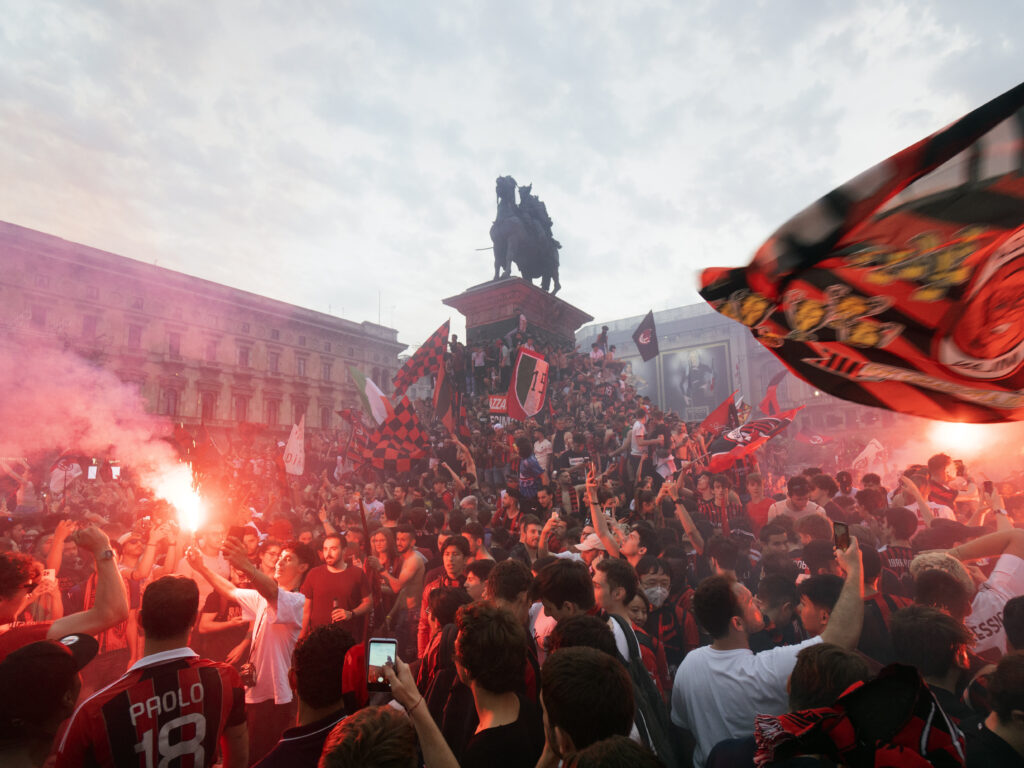
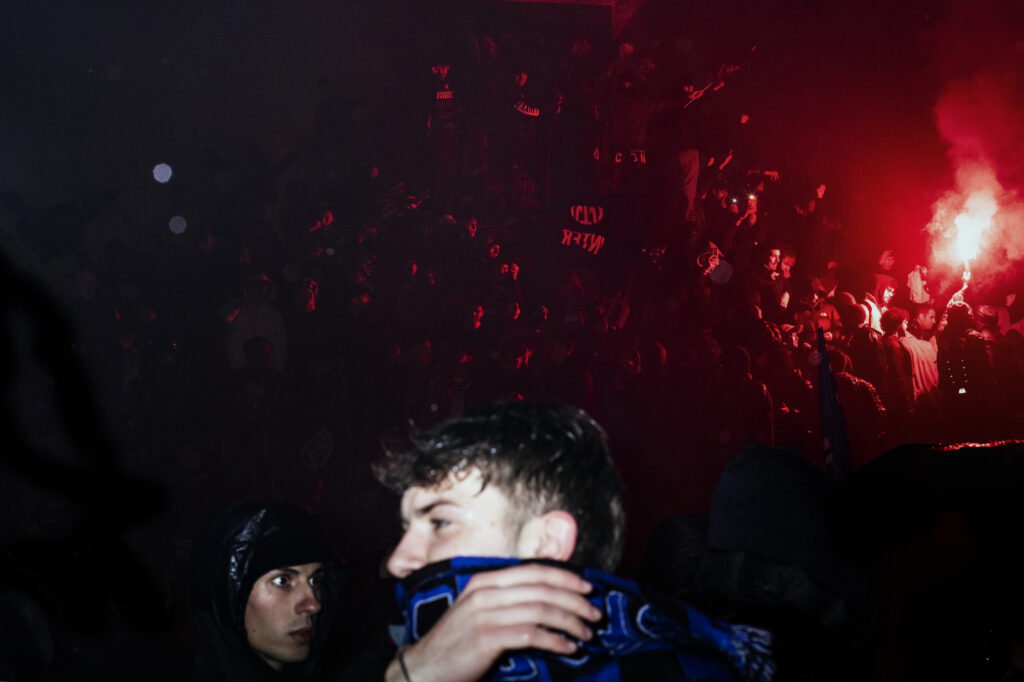
Corso Sempione, Porta Venezia, piazza Cordusio: the city transformed into a concrete jungle, with crowds climbing traffic lights, lampposts, bus shelters, billboards, and anything else in sight, just to see and take in the magnitude of the celebration—floating above the human tide and carving out intimate spaces in this vast, emotional communion. To cover the seven-kilometres celebration route from San Siro to Piazza del Duomo, the two open-top buses carrying Inter players and coaching staff took eight hours, forced to crawl at a snail's pace by the ecstatic crowd surrounding them—a procession reminiscent of traditional folk festivals, where a river of people follows the relic of a saint.
They moved in a procession reminiscent of traditional folk festivals, where a river of people follows the relic of a saint.
But here, there was no sacred bust to venerate—only living, breathing players to worship—and the devotion took on far less restrained forms. It was an atmosphere of pure ecstasy, as Inter fans shouted messages of love and gratitude to the players, thrusting t-shirts and cherished objects to be signed, flags to be waved, and banners to be displayed—like the one handed to Denzel Dumfries, showing him holding on a leash a dog with the face of Theo Hernandez, the ultimate derby rival. A mocking gesture that appears punctually at every celebration, and that, in the days that follow—once the tumult has subsided—sparks moral outrage and investigations by the Federal Public Prosecutor’s Office.
But in that moment, the boundary that usually separates players from fans, the pitch and the stands, vanishes. During the celebration, they merge into one body. They rejoice together, chant back and forth, their voices echoing off the buildings and landmarks of a city split in two: one half in the streets, the other shut indoors, waiting for the emotional storm to pass. The electrifying via crucis ended in Piazza del Duomo, where—past midnight and after an exhausting day—thousands of people that had been waiting for hours welcomed the team buses and the sea of fans that had followed them along the way.
The last remaining flares were lit, voices hoarse with singing, bodies bouncing with what little energy was left, as the crowd praised the players standing on the Duomo’s terrace: a pulpit from which to symbolise their conquest of the city. Two years earlier, we had witnessed the same scene—only bathed in red and black. That celebration, too, was just as memorable. Milan hadn’t won a league title in eleven years; we had grown unaccustomed to seeing the city transformed by collective ecstasy. Inter had won the year before after a ten-year drought, but it was a time when we still talked about curfews and social distancing, and fans celebrated with moderation, gathering timidly and careful not to exchange too many droplets while singing behind their face masks.
Milan’s celebration, on the other hand, marked a grand return of the power of football fandom. The first real celebration in a Milan that, during the decade of darkness for both of its clubs, had completely changed its skin, renewed and modernised itself. But no amount of restyling, progress, or status can contain the explosion of fan fervour. Even when polished, even when reshaped by makeup, Milan was overwhelmed by the overflow of a jubilant crowd. And perhaps nothing describes the essence of celebration better than what happens when football fans gather in the streets.
